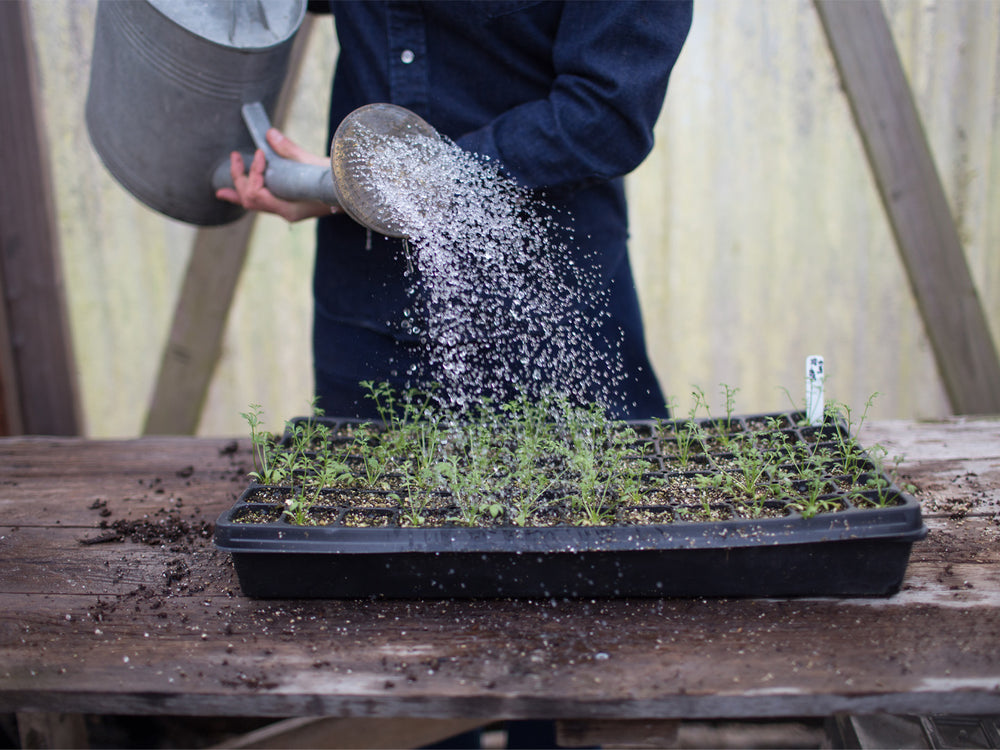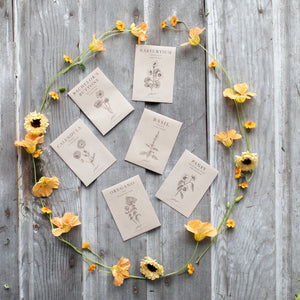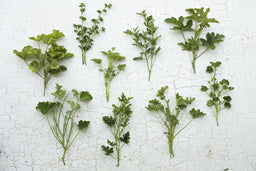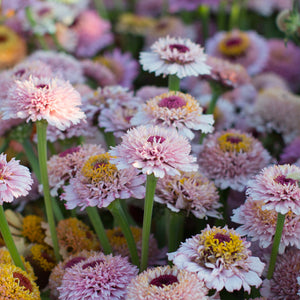Phlox ‘Leopoldii’
Phlox drummondii
Description
This fantastic mix has quickly become a new favorite on the farm. Flowers are borne in sprays and come in sweet taffy-like shades including coral, watermelon, and pale peach. Some flowers are solid while others are bicolor. Stems lengthen over time, and blooms carry a sweet, sugary fragrance. The versatility of this mix is unmatched and is perfect for wedding work and bouquets.
Details
Height: 20 to 30 in
Site: full sun
Days to maturity: 60 to 65 days
Plant spacing: 9 in
Pinch: not necessary
Seed Sowing & Growing Notes
Start indoors 4 weeks before last frost; transplant out after all danger of frost has passed. Phlox can also be direct-seeded into the garden once all danger of frost has passed.
Harvesting/Vase Life
Details
Description
This fantastic mix has quickly become a new favorite on the farm. Flowers are borne in sprays and come in sweet taffy-like shades including coral, watermelon, and pale peach. Some flowers are solid while others are bicolor. Stems lengthen over time, and blooms carry a sweet, sugary fragrance. The versatility of this mix is unmatched and is perfect for wedding work and bouquets.
Details
Height: 20 to 30 in
Site: full sun
Days to maturity: 60 to 65 days
Plant spacing: 9 in
Pinch: not necessary
Seed Sowing & Growing Notes
Start indoors 4 weeks before last frost; transplant out after all danger of frost has passed. Phlox can also be direct-seeded into the garden once all danger of frost has passed.
Harvesting/Vase Life
Sources
How to Grow
How to Grow

Winter Mini Course: Seed-Starting 101
Learn how to start flowers from seed in this three-part video series
In this free video series, you’ll learn everything you need to know to successfully start flowers from seed, including all of the necessary supplies, step-by-step instructions, special tips and tricks, and how to create a simple indoor seed-starting area.














